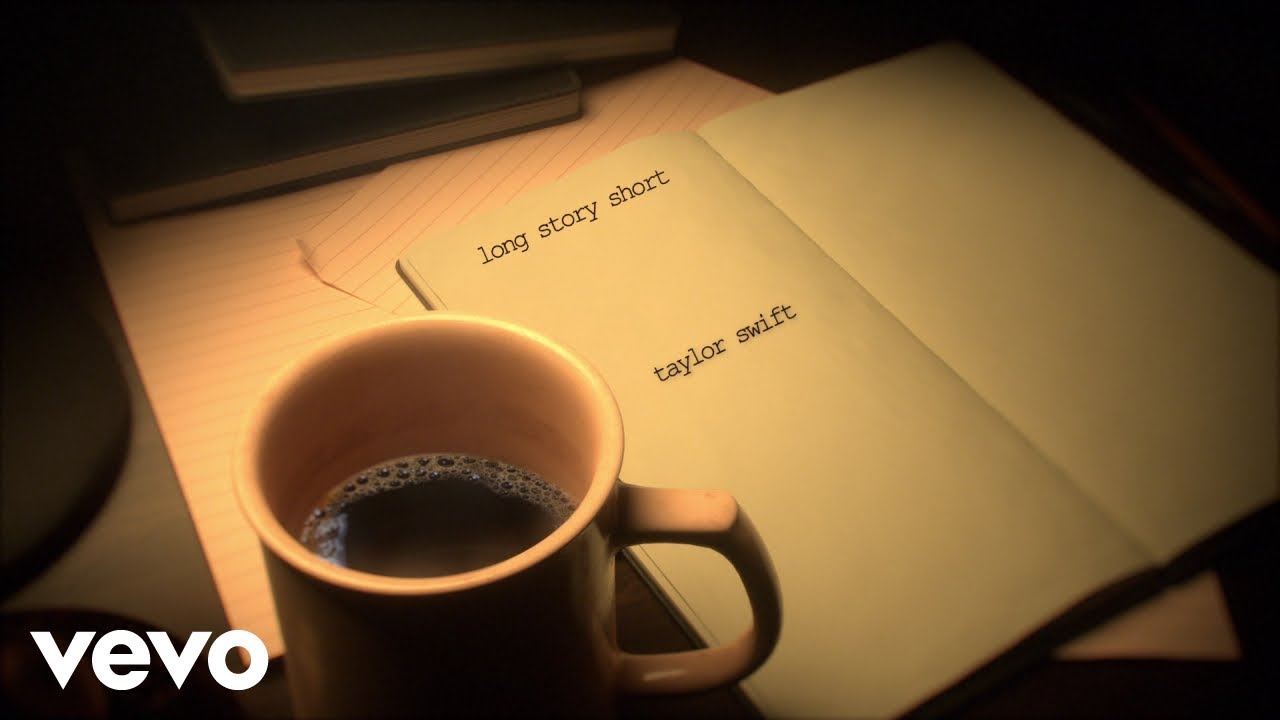“I can’t face reinvention,” goes a line on Taylor Swift’s surprise new album, evermore. “I haven’t met the new me yet.”
It’s a bold statement from an artist who, until recently, had defined herself through reinvention. Who has steered her way through blockbuster album roll-outs, carefully constructed personas, megatours, easter eggs, savvy promotional tie-ins, all of the pop star trimmings. Who would work in marketing if she wasn’t a musician and who knows how to run a campaign.
folklore, and now evermore, seem to signal an end to all of that. Both were surprise albums, released during lockdown, with little to no fanfare. Sonically, folklore and evermore are significant departures for Swift. The former was released hot on the heels of 2019’s Lover: a puppyish, patchy, technicolour pop record. Where Lover was high-gloss, folklore was muted and austere; a self-consciously grown-up folk record, painted in Aaron Dessner’s signature washes of sound, and with the help of an uncharacteristically hazy Jack Antonoff. Some tracks felt like Swift was holding back a little: the dense ‘mirrorball’, the glum ‘cardigan’, the busy ‘seven’, where Swift’s reedy voice jostled for dominance over several, fussy layers of intricate melody.
It wasn’t all doldrums, though. Swift’s songwriting remained as strong as ever – maybe even stronger than ever. The best songs were those where the production eases up enough to let that shine through: ‘the last great american dynasty’ is verbose and meticulous, ‘betty’ is silly and sweet and a little sad, while ‘Exile’ is the crowning jewel of the album: a simmering, furious love song, as sombre and unflinching as a funeral march.
evermore finds Swift building on folklore’s strengths. While Dessner has returned as producer, the fog has cleared somewhat; evermore is bright and incisive where it’s predecessor was sometimes muddy. There is a sense that Swift has let herself loosen up a little. ‘tis the damn season’ is a love song written in classic Swiftian mode, detailing a weekend fling between two old flames home for the holidays. It’s breathless and hopelessly romantic, and gathers considerable momentum through Swift punctuating her pretty verses with desperate imperatives: ‘Write this down!’, ‘Hear me out!’, etc.
Similarly ‘gold rush’s dreamy melody is bolstered by an insistent beat, and increasingly frantic couplets, with Swift pairing “double vision in a rose blush” with “flying, falling, ‘til the bones crush”. One is the name of an eyeshadow palette; the other is a warning. Swift may have stepped off the pop star hamster wheel, but evermore shows that she is still capable of zingers: “You could call me babe for the weekend”, “I come back stronger than a 90’s trend”, “We were the place to be, like the mall before the internet” are all ready-made for instagram captions.
Beyond this, Swift is particularly good at writing on the bodily experience of love, and evermore is no exception to this: “I gain the weight of you then lose it”, “there’s an ache in you, put there by the ache in me”, and the aforementioned “slow motion, double vision in a rose blush”, are all sharply affecting lines, little sparks of genuine feeling trapped under evermore’s cloudy amber.
The character studies which Swift introduced on folklore are continued here. ‘Tolerate It’ is an effective portrait of a young woman in an age-gap relationship. The narrator’s youth is revealed in a throwaway, interrupted line – “You’re so much older, and wiser, and I” – and reiterated through heartbreaking details: “drawing hearts in the byline”, “lay the table with the fancy shit.” It’s never overdrawn, but it does infuse the song with an effective, creeping dread.
Elsewhere, some character studies are less welcome. I get the feeling that ‘no body, no crime’ (feat. HAIM) has been well-received, but I can’t help but find it deeply annoying: the pastichey police sirens and harmonica in the background, the grinding chorus and the jarring insinuation that Taylor and HAIM’s Este a) routinely go to Olive Garden and b) have “cleaned enough houses to know how to clean a crime scene” (yes, I get that it’s fiction, but that doesn’t mean it isn’t irritating). It’s a moment of clumsy cosplay on a mostly tasteful album, a shadow of the Swift who punished us with ‘ME!’ just last year, easily one of the more horrible songs of recent memory.
While ‘no body, no crime’ is easily evermore’s biggest misstep, there are a handful of forgettable songs on here. ‘ivy’s folk-by-numbers melody masks some gorgeous songwriting (“Oh, goddamn, my pain fits into the palm of your freezing hand.”). Oddly, both duets on evermore fall flat. The title track (featuring Bon Iver) takes far too long to get going, and ‘coney island’ (featuring The National’s Matt Berninger) feels weirdly disjointed. It also serves as a reminder of how much better Berninger’s characterful baritone copes with Dessner’s thick production, versus the conversational, slightly-anaemic sounding Swift.
As previously stated, evermore’s less serious moments are its best. In the second half, we have ‘long story short’, a spirited folk-pop number which treads familiar lyrical ground for Swift: the trials of celebrity, romantic misadventure, falls from grace, all illustrated in quick-fire metaphor. It has a playful, infectious chorus: “pushed from the precipice / clung to the nearest lips / long story short, it was the wrong guy”, a glimmer of the Swift who poked fun at her “long list of ex-lovers”.
Ultimately, there’s a single, fantastic album to be reconstructed from the sister projects of folklore and evermore. evermore benefits throughout from a more forgiving production style, but the songs are slightly less good here: it doesn’t have a song as accomplished as ‘the last great american dynasty’, as revelatory as ‘peace’ or a crowning achievement like ‘exile.’ It is generally a joy to listen to, and it is a joy to see her so comfortable and so prolific.
Breaking the pop blueprint has freed Swift from the twin tyrannies of having to be catchy and having to adhere to a particular kind of promotional cycle. But my issue is this: two of Swift’s greatest assets are her sharp sense of self-awareness, and her light, conversational voice. At various points, the folklore and evermore projects threaten to drown them both – this remix of ‘Willow’ is testimony to that; it places a sharper lens on the song and reveals the strength of the songwriting obscured by the woodsy trimmings. folklore and evermore have been rewarding additions to her canon, and a scenic diversion. But I can’t help but feel that Swift has more road left to travel. To quote Swift herself: are we out of the woods yet?



